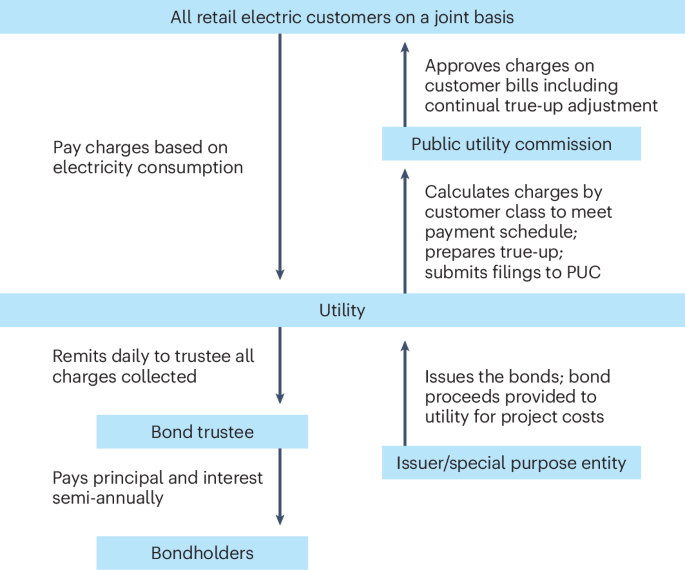Are There Too Few Publicly Listed Firms in the US?
The number of publicly listed firms in the US peaked in 1996 at more than 8,000 firms. Doidge, Karolyi, and Stulz (2017, DKS) find that the number of listed firms in 2012 was about half of what it was in 1996. Using an econometric model that relates a country’s listings to various country characteristics, they […]

René M. Stulz is the Everett D. Reese Chair of Banking and Monetary Economics at the Fisher College of Business at The Ohio State University. This post is based on a recent paper by Professor Stulz, Professor Craig Doidge, Professor George Andrew Karolyi, and Kris Shen.
The number of publicly listed firms in the US peaked in 1996 at more than 8,000 firms. Doidge, Karolyi, and Stulz (2017, DKS) find that the number of listed firms in 2012 was about half of what it was in 1996. Using an econometric model that relates a country’s listings to various country characteristics, they conclude that US has a listing gap – that is, it has fewer listings than expected. That 2017 study concludes the US has too few publicly listed firms.
In our new paper, “Are there too few publicly listed firms in the US?”, we extend the analysis of DKS to 2023 and examine the evolution of the listing gap since 2012. This research makes it possible to assess whether the listing gap was a temporary phenomenon. We find that the listing gap increased by 32% from 2012 to 2023, so that at the end of 2023 the US listing gap is greater than ever. Though the listing gap keeps getting wider, it is doing so at a slower pace than it did in the first ten years after the listing peak.














































































































































































